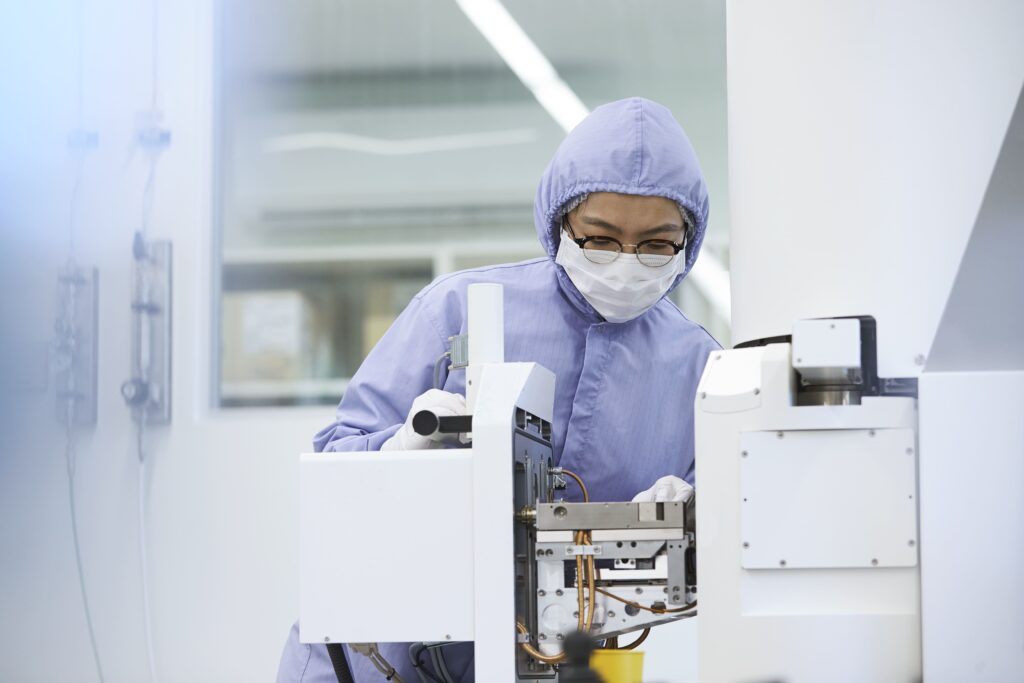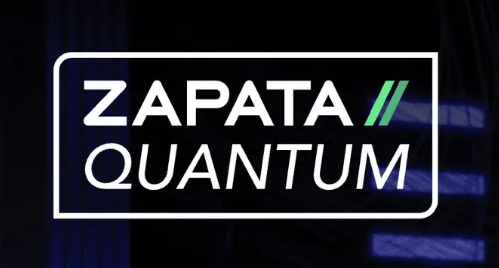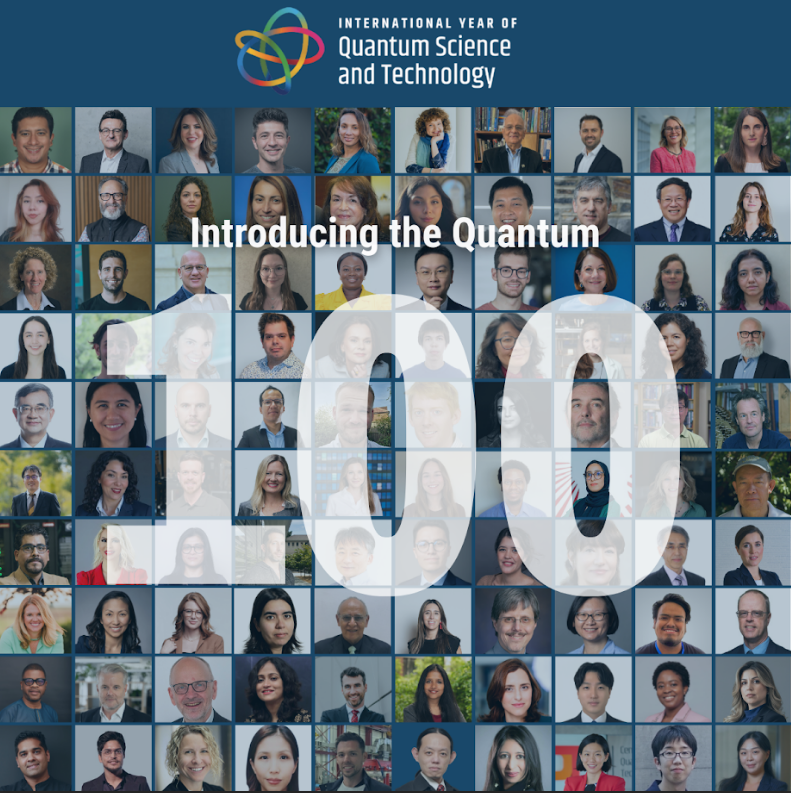Insider Brief
- Covesion’s rugged locked-laser system successfully powered CPI TMD Technologies’ HARLEQUIN quantum-hybrid inertial navigation system during demanding sea trials, marking one of the first real-world maritime deployments of cold-atom sensing.
- The hybrid quantum–classical system maintained stable performance aboard the Trinity House vessel THV Galatea through vibration, temperature swings, magnetic interference, three-metre swells, and 50-mph winds—proving quantum PNT can operate beyond controlled lab environments.
- The trials, part of the Innovate UK–funded HARLEQUIN-ST programme, advance the UK toward deployable quantum navigation systems for GPS-denied environments and highlight the growing importance of rugged photonics for real-world quantum applications.
PRESS RELEASE — Quantum may be famous for living in labs full of vacuum chambers, vibration-isolated tables and earnest physicists clutching mugs of cold tea, but it is now getting its sea legs.
Covesion is buoyed-up with excitement to have played a central role in the recent successful sea trials of CPI TMD Technologies’ HARLEQUIN quantum-hybrid inertial navigation system. This marks a major step in proving that quantum sensors can operate not just on optical benches, but in the wild, windswept reality of maritime environments.
The work represents the first real-world deployment of our locked laser system in support of cold-atom technology at sea. And yes, we are very pleased to report that both the ship, the lasers and their shipboard shepherds stayed upright….mostly.

This sea trial follows months of preparation between CPI TMD Technologies, the University of Strathclyde, Covesion Ltd, Trinity House, NLA International and Innovate UK. Together, the team achieved something the industry has been waiting for: a quantum-enabled measurement system running successfully on a moving vessel, in conditions ranging from calm seas to three-metre swells and 50 mph wind gusts.
As a quick primer for those not yet fluent in quantum navigation, HARLEQUIN, stands for High Accuracy Robust deployabLE Quantum Inertial Navigation, and provides high-precision acceleration and rotation measurements by combining classical inertial systems with a quantum cold-atom accelerometer. This hybrid approach is designed to ensure reliable Positioning, Navigation and Timing even when GPS signals are unavailable, compromised or unreliable in contested regions.
A notable world first in the project is the use of a grating-based Magneto-Optical Trap for atom interferometry on a maritime platform. Compact, inherently stable and resistant to environmental variation, it enables the sensor to operate without laboratory-grade isolation.
The cold-atom sensor depends on highly stable laser systems for cooling, trapping and manipulating atoms. For the sea trials, Covesion supplied a ruggedised locked-laser system that was engineered to cope with vibration, temperature swings, magnetic field variation and constant shipboard motion. During the trials aboard the Trinity House vessel THV Galatea, the systems demonstrated stable frequency performance, power stability and the tuneability required for the Rb cold-atom trap. Even with the ship running at full speed, the data showed minimal degradation in stability and impressive resilience in the face of mechanical and acoustic noise.
The laser systems continued to function despite being installed on the tween deck, surrounded by engines, tools and rolling seas. This was a setting far removed from the alignment-friendly calm of an optics laboratory, yet the systems operated consistently throughout the trip.
The trial team installed the HARLEQUIN accelerometer apparatus, two Harlequin laser systems, Covesion’s LL2-Rb source, diagnostic equipment and a team of engineers onto the tween deck of the Galatea. Normally used for tools and machinery, this space was transformed into a floating quantum lab for several days.
The ship travelled from Cardiff to the Irish coast and then to Holyhead, with periods of sailing and anchoring in rapidly changing weather. Noise sources were mapped, magnetic field variations monitored and laser performance compared against temperature, pressure and vibration data. The result was a rich dataset showing exactly how the system behaved under genuine operational stresses.
The sea trials form part of the wider HARLEQUIN-ST project, funded by Innovate UK. This programme is building the path toward deployable quantum PNT systems for maritime users, with further testing and additional technologies, such as an optical clock and gravity gradiometer, planned for future demonstrations.
For Covesion, the trial confirms the suitability of its photonic technologies not only for research environments but for deployment in dynamic, real-world conditions. It highlights the importance of rugged photonics as the UK advances toward widely deployable quantum systems.
The sea trials show that the next generation of quantum navigation technologies can thrive outside controlled laboratory environments. The successful operation of the locked laser system aboard the Galatea demonstrates that quantum science is rapidly moving toward practical applications with real operational value.
Covesion looks forward to continuing this journey at sea, on land and wherever else quantum technology is ready to go next. Can we sail it? Yes we can….
Image credit: Covesion

















